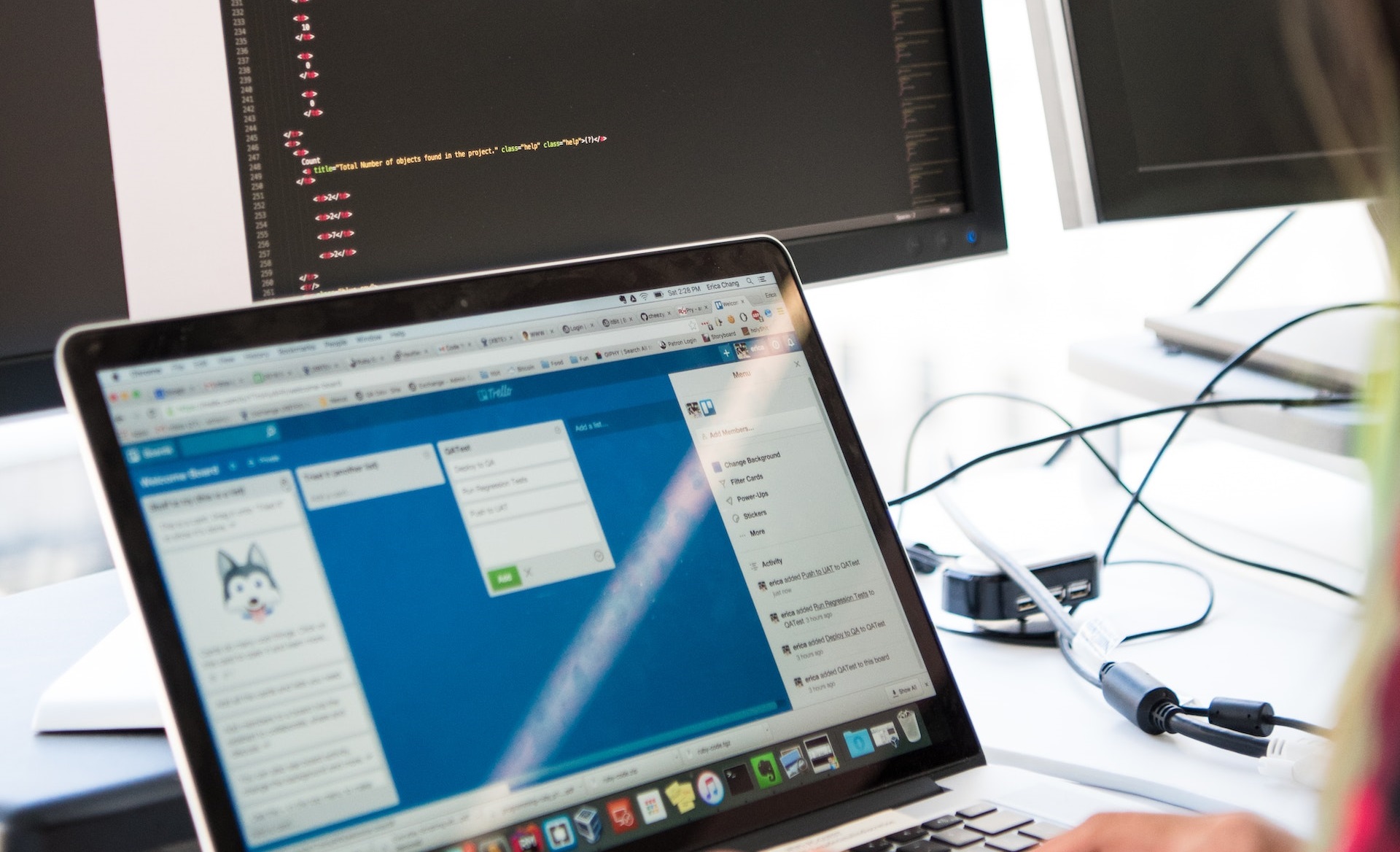
Here are some tech trends that are likely to gain momentum in 2023-2024:
- Extended Reality (XR) – XR includes Virtual Reality (VR), Augmented Reality (AR) and Mixed Reality (MR). These technologies are expected to become more mainstream and integrated into various industries, including healthcare, entertainment, education and gaming.
- 5G Networks – 5G networks are expected to become more widely available and reliable, providing faster internet speeds and enabling new technologies such as autonomous vehicles, remote surgeries and more immersive XR experiences.
- Edge Computing – Edge computing involves processing data at the edge of the network, closer to where the data is generated. This approach can improve response times and reduce latency, enabling new applications such as real-time monitoring and control of industrial systems.
- Cybersecurity – With the increasing prevalence of cyber attacks, cybersecurity will become even more critical in the coming years. Businesses and individuals will need to prioritize their cybersecurity strategies to protect themselves from a wide range of threats.
- Quantum Computing – Quantum computing is expected to make significant strides in the coming years, with the potential to solve complex problems that are currently impossible with classical computing. This technology could have major implications for fields such as drug discovery, financial modeling and cryptography.
- Artificial Intelligence (AI) and Machine Learning (ML) – The growth of AI and ML is expected to continue in 2023, with the technology becoming even more advanced and ubiquitous. This includes the development of more sophisticated algorithms, the integration of AI into everyday products and services, and the use of AI to improve business operations and decision-making.
- Internet of Things (IoT) – IoT devices, which are connected to the internet and can communicate with each other, are expected to become even more prevalent in 2023. This includes the development of smart homes, cities, and factories, as well as the integration of IoT into healthcare, transportation, and logistics.
- Blockchain – Blockchain technology, which allows for secure and transparent transactions without the need for intermediaries, is expected to continue to gain traction in 2023. This includes the use of blockchain for supply chain management, digital identity verification, and decentralized finance (DeFi).
- Cloud Computing – Cloud computing is expected to continue its rapid growth in 2023, as more businesses and organizations move their operations to the cloud. This includes the adoption of cloud-based software and infrastructure, as well as the development of new cloud-based services and applications.
- Edge AI – Edge AI combines AI with edge computing, allowing for real-time data processing and analysis at the edge of the network. This technology is expected to become more prevalent in 2023, enabling new applications in areas such as autonomous vehicles, smart cities, and industrial automation.
- Cybersecurity – Cybersecurity threats are expected to become even more sophisticated in 2023, driving increased investment in cybersecurity solutions and services. This includes the development of new security technologies, as well as the adoption of more proactive and holistic approaches to cybersecurity.
- Chatboats – Chatbots are computer programs designed to simulate human conversation through text or voice interactions. They are often used for customer service, sales, and support purposes, and can be integrated into websites, messaging apps, and social media platforms. Chatbots use natural language processing (NLP) and machine learning (ML) to understand and respond to user queries in a human-like way. Chatbots are becoming increasingly popular as they can help improve customer engagement, increase efficiency, and reduce costs for businesses.



